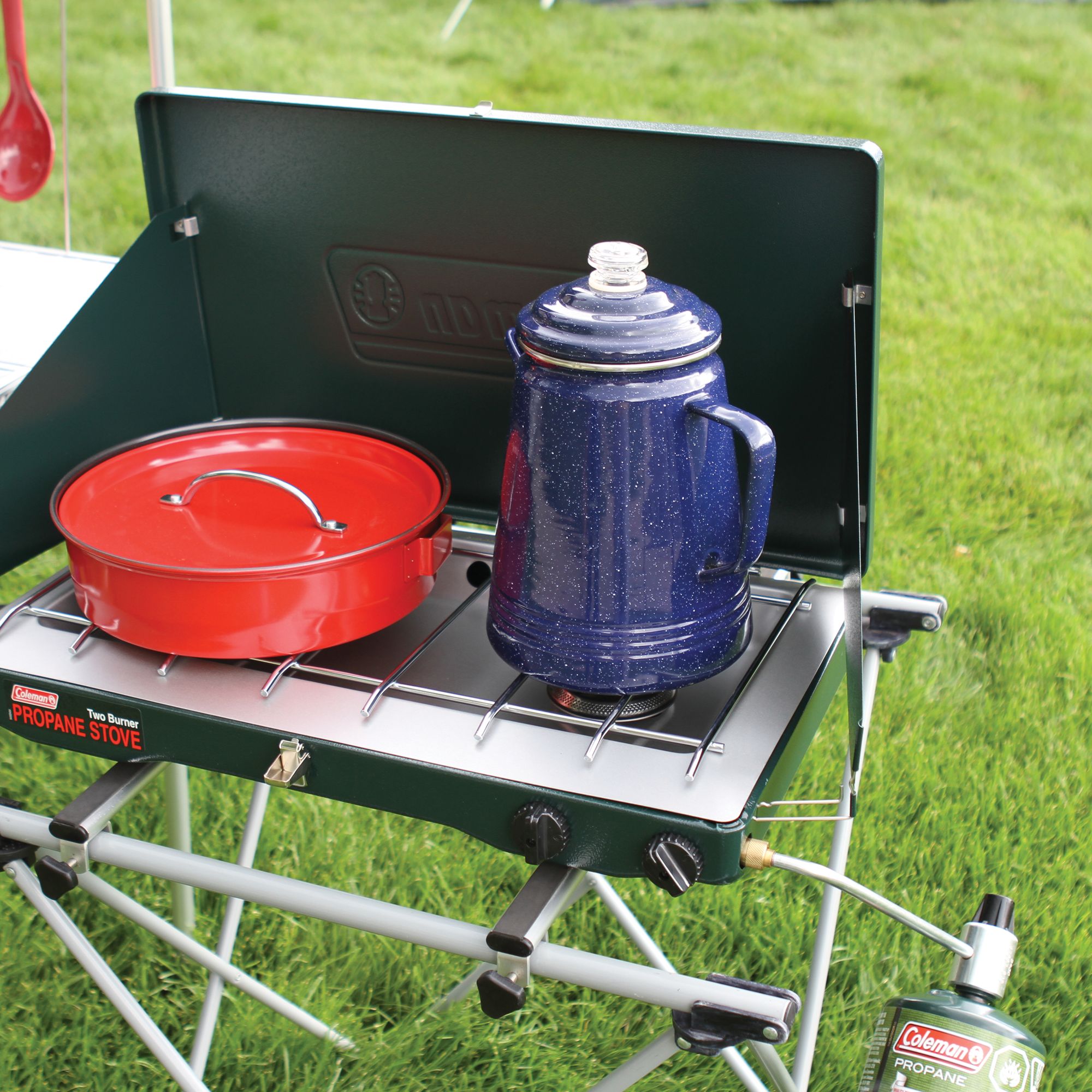It really never ceases to amaze me how often I see this question. It's not unique to camping gear either... But for the sake of this blog... we are talking about camping gear...
The anser is pretty complex, and really is, maybe, maybe not. Let me explain...
The big issue, is what item specifically are you talking about?
Is it fairly complicated, or likely to need service or replacement parts sometime in the future? Things that need replacemen parts are things like camp stoves, lanterns, grills etc...
If the answer is yes, then absolutely you need to buy quality brands. Specifically, and I don't want to sound like a brand snob here as they really are middle of the road cost wise, but Coleman products have great reliability and parts support, but to top it off, I will give you another example...
Tents...
I have a large number of tents, from different manufacturers, they are...
Coleman
Stansport
TexSport
Eureka
Sierra Designs
Swiss Gear
Ozark Trail.
There are 3 of these brands that stand up well to foul weather, and hard use. They are, in ascending cost category...
Coleman
Eureka
Sierra Designs.
I cannot personally attest to the truth of this, but there have been enough stories written up about it I tend to believe this, but the Oaark Trail tents are reportedly only intended, and supported by their manufacturer for use in ideal weather, and make no claims whatsoever about storm worthiness.
The Texsport, well, that thing is a joke. The poles are so thin they basically fold under and collapse with the slihgtest breeze.
The stansport tent in all honesty has been durable, and held up to lots of use, but even with lots of seam sealing, it leaks like a sieze under a hard rain.
Same goes for the Swiss gear. VERY sturdy construction, but with the complicated design with a huge number of seams, it leaks, badly, under a Texas spring rain storm... Not much fun to be trying to sleep with a steady stream of rain pouring on your head...
Mind you, there are some very innovative ideas going on with these brands, like Ozark Trail has the Dark Rest tents, that do a great job of blocking out sunlight, and much heat gain at least early in teh day, as well as some models in the past have had AC ports for literally using a window unit Air Conditioner in your tent! I know camping purists hate the idea, but let me tell you, as a camper in Texas, I LOVE it...
On some other items, the differences may or may not be so vital. For example my family cook set is Ozark Trail branded, but really a rebranded Texsport set, that I have had for 14 years now, with only one issue, and that is that a pot metal wing nut and screw rusted up and broke, easily replaced at Home Depot, although I had to trim the screw short to match the original, and yes the metal is thin, but judicious use of heat settings and all is well with my cooking, and cookweare... And ithe whole set weighs about 1/4 of what one cast iron skillet weighs...
This whole issue has been brought up to mind most recently, not by a lower cost alternative, but a brand that just isn't standing behind their product. At least not the way their competition does...
I am talking about Brinkmann. You see back in late 2004, early 2005, I bought myself a beautiful 2 burner propane camp stove, but not just ANY 2 burner propane camp stove. I bought a Brinkmann because, it was priced right about where Coleman had their self ignition model, but the brinkmann had a feature that the frequent beach camping I was doing then called for. Stainless steel construction.
Now I've going on and on particularly in my videos about how much I dislike 1lb propane cylinders. About the risks they pose in the waste stream, how much more expensive they are than either liquid fuel, or bulk propane etc... I would never knowningly buy any propane appliance that I could not run on a refillable bulk tank.
Well the first time I hooked a bulk propane tank hose up to the regulator of the Brinkmann, and turned the gas on, the regulator simply quit working. The stove was new, and Brinkmann send me a replacement regulator. Fast forward some years, and I am looking for a replacement regulator again... None to be found anywhere.
Now mind you, regulators for Coleman stoves have pretty much been the same for, well my entire long lifetime. I can walk into just about any sporting goods store that sells campign gear, or a Walmart, Target, whatever, even many grocery stoves and buy a replacement regulator for a coleman, and be assured it will fit and work...
So long story short, it's not really the COST of the item that makes the difference, but rather the company, and the care they give the customer after the sale, long after the sale that make the difference... I mean if Brinkmann had been usable, and maintainable, not only would I have bought a second stove from them for more in depth trips, but I would be recommending them due to the stainless construction. but since they are, well planned obgsolescence, I am not doing business with them from now on...
Too bad. I really like my shiny silver stove...

